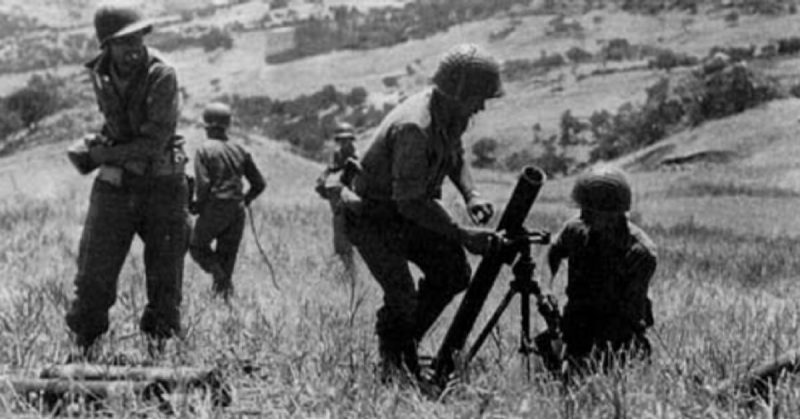He was among the world’s greatest pilots – despite suffering from severe air sickness.
Robert Anderson “Bob” Hoover was born on January 24, 1922, in Nashville, Tennessee where he grew up beneath a giant’s shadow. In 1927, Charles Augustus Lindbergh landed in France – becoming the first person to fly solo across the Atlantic Ocean. Everyone was talking about it.
Hoover became obsessed with planes. At age 15, he started a flying club at his school. He also got a job at a grocery store, earning $2 a day. It was enough to buy him 15-minute flying lessons at Nashville’s Berry Field (now the Metropolitan International Airport).
After his training, he hung around chatting with the pilots and learning as much as he could. He did not tell his parents as they were the cautious sort who would not even let him drive a car.
However, there was a problem – flying made him nauseous. To overcome the feeling, he banked, dived, rolled, and weaved. It took years. He taught himself as aerobatics was unknown at the time.
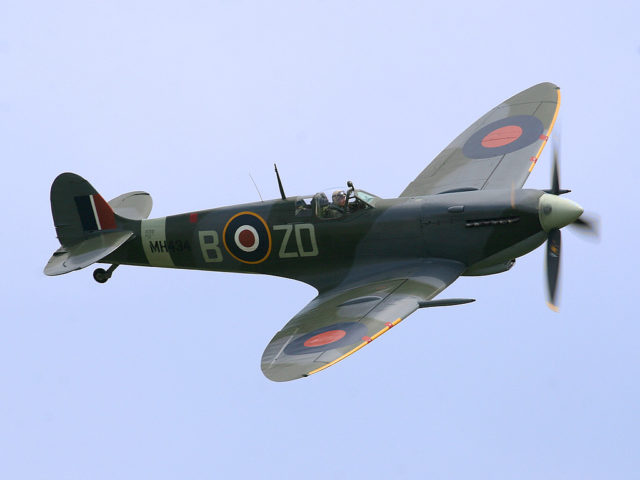
Hoover joined the Tennessee Air National Guard on his 18th birthday. On a flight, his instructor asked him to demonstrate a roll. It was a test to see if he would throw up or pass out. He did it so well his instructor asked him to repeat the move, which Hoover did perfectly.
He progressed to bigger planes but again encountered a problem. Hoover had learned to fly by feel and sight. Flying by instrumentation, however, was another thing entirely. He had to learn to fight his instincts and to trust the dials and other gauges on the aircraft.
In 1942 when Hoover was 20 years old he was sent to Britain in charge of 67 fighter pilots – but he was not permitted to fight. His skill with planes made him too valuable to risk in combat.
His first major assignment was flight testing in North Africa where he encountered still another problem. None of the locals at the assembly plant spoke English, and they lacked translators.
Hoover flew planes that burst into flames, failed to respond to controls, or did so in ways they were not supposed to. On the bright side, his understanding of mechanics and aviation principles increased immensely. He was the person the aviation experts went to for advice.
Hoover wanted to be part of the action and spoke to General John Kenneth “Joe” Cannon – commander of the XII Bomber Command in Algeria. The general agreed to send Hoover to Italy. A month later, a clerk told Hoover the order had arrived, but the base commander had refused to act on it. Hoover went AWOL by flying to Palermo in Sicily. Fortunately, he was never court-martialed.
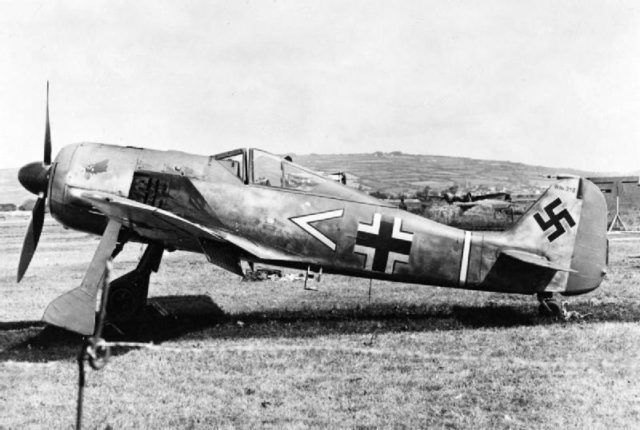
On February 9, 1944, Lieutenant Hoover of the 52nd Fighter Group USAAF led four Spitfires out of Corsica on their second mission. Earlier that day, they had sunk a German freighter off Savona Harbor in mainland Italy. They were hoping to do more damage but encountered four German Fw 190s.
Hoover shot one down and strafed another before he was hit. His plane ablaze, he bailed out and spent four hours in the water until a German Corvette rescued him. He was sent to Stalag Luft 1 POW camp in Germany.
He did not make a good prisoner and was often chucked into solitary confinement for his frequent escape attempts. Sometime in mid-April 1945, he escaped with two friends. To help them, the other inmates had staged a fight to distract the guards.
The prisoners had used a plank to bridge the fences around their camp, and then they split up. Hoover went to the nearby town of Barth and blended in with the locals fleeing the advance of the Soviet Army.
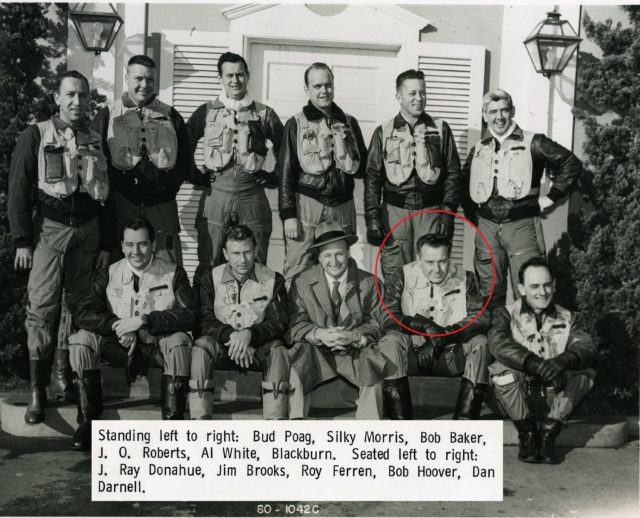
On the other side of town was an abandoned airfield and Hoover found a plane that was air-worthy. Flying west, he followed the coast looking for windmills as the Netherlands had been liberated. He was on his guard as the aircraft had bright swastikas on both sides and Allied planes patrolled the skies.
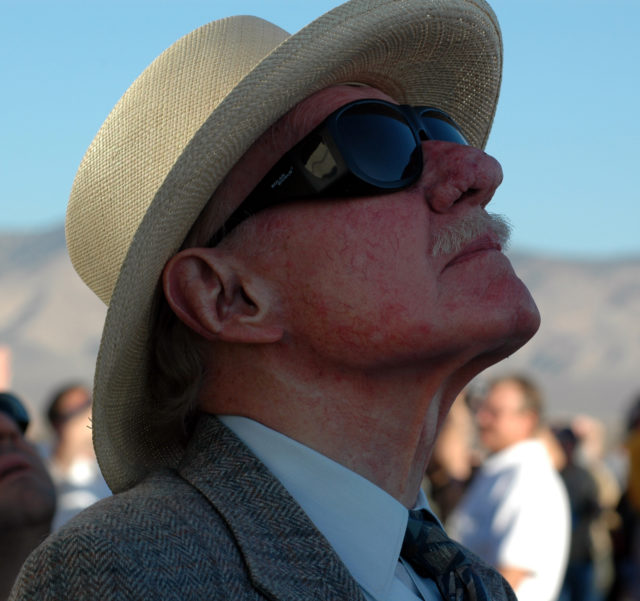
With the windmills finally in sight, Hoover landed in a field where angry Dutch farmers attacked him with pitchforks. Fortunately, he was rescued by British forces who had seen him land.
In 1947, Hoover flew the “chase plane” that followed Chuck Yeager when the latter broke the sound barrier. Not to be outdone, Hoover went on to set his own flight records, earning the Living Legends of Aviation Freedom of Flight Award and much more.
